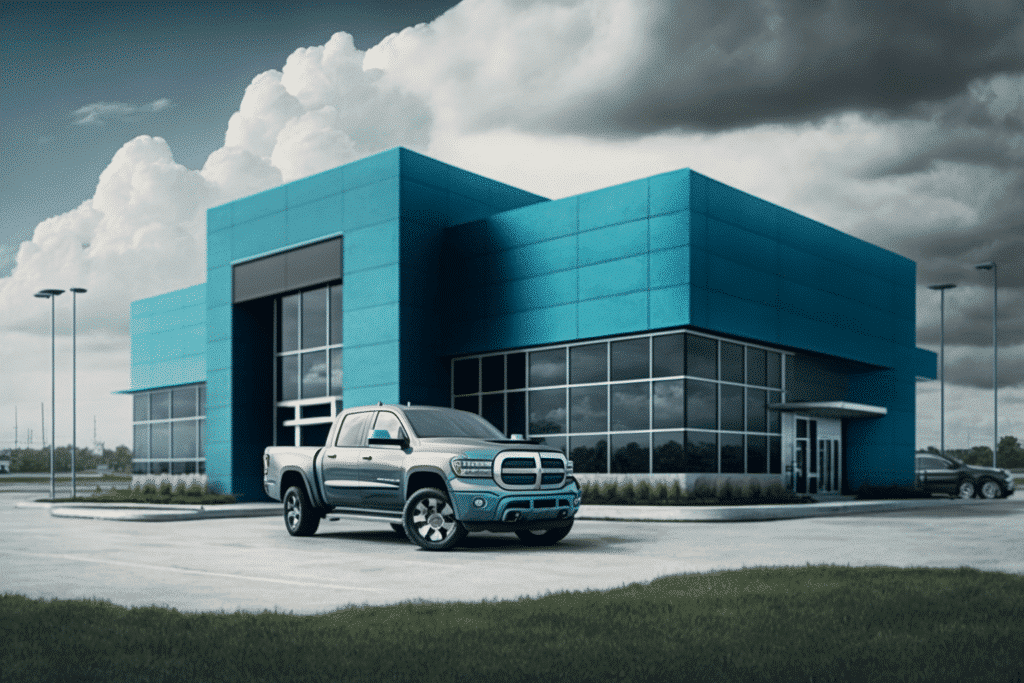Evaluating the Potential of Used Car Retailer Stocks Carvana and Carmax
Carvana (NYSE: CVNA) and CarMax (NYSE: KMX) are used car retailers offering fixed prices and a streamlined buying experience. Carvana operates solely online, with customers choosing between delivery or pickup at one of its 33 unique “vending machine” towers throughout the US. On the other hand, CarMax has a more expansive physical presence, boasting 240 used car stores across the country and its online marketplace, which also offers delivery and in-store pickup options.
The two companies experienced growth from the post-pandemic upsurge in used car sales in 2021 but faced challenges in 2022 due to inflation and rising interest rates, which deterred potential buyers. Consequently, an initial vehicle shortage turned into an excess, causing used car prices to fall and the share prices of Carvana and CarMax to plummet 97% and 53% from their all-time highs, respectively.
As the market seeks a new bull run, are either of these struggling used-car retailers worth considering as a turnaround investment?
Comparing Carvana and CarMax
Carvana, founded just 11 years ago, was designed to be a purely online retailer that allows customers to purchase cars without needing a traditional car salesman. Its distinctive approach, which includes eye-catching vehicle vending machines, led to claims it could be the “Amazon of used vehicles” and potentially disrupt conventional dealerships. Carvana expanded its offerings by acquiring vehicle auction platform Adesa U.S. last year.
CarMax, originating in 1993 as a subsidiary of Circuit City and becoming an independent company in 2002, has always focused on fixed pricing, assured quality, and an efficient customer experience, similar to its parent company’s consumer electronics stores. Initially selling both new and used cars, CarMax transitioned exclusively to used car sales to become the largest used car retailer in the US. It acquired online vehicle guide Edmunds in 2021 to draw more potential buyers.

Which Company Offers a More Promising Future?
In 2022, Carvana experienced a 3% decline in used vehicle sales to 412,296, a sharp contrast to its 74% growth in 2021. CarMax saw a 15% decrease in combined used and wholesale vehicle sales to 1.39 million in fiscal 2023 (ended Feb. 28), also a substantial slowdown from its 38% growth in fiscal 2022.
Analysis predicts Carvana’s revenue will fall 16% to $11.4 billion this year, with the company remaining significantly unprofitable and carrying $6.8 billion in long-term debt with only $434 million in cash and equivalents. Carvana may face a cash crunch despite attempts to restructure its debt soon.
On the other hand, CarMax’s revenue is expected to drop 6% to $28 billion in fiscal 2024, with a 7% decrease in earnings per share (EPS). Unlike Carvana, CarMax has consistently been profitable and holds a more manageable $2 billion long-term debt alongside $315 million in cash and equivalents. This financial stability may better position CarMax to withstand short-term challenges.
Valuations and Conclusion
Carvana’s enterprise value of $9.3 billion may seem attractive at 0.8 times this year’s sales. However, the company may continue trading at a discount until it boosts sales, narrows losses, and reduces debt.
With an enterprise value of $28.3 billion, CarMax’s valuation at approximately one time this year’s sales and 25 times forward earnings don’t make it an apparent bargain either. Although CarMax is more expensive than Carvana due to its lower risk of near-term bankruptcy, it may only draw additional investor interest once macroeconomic headwinds subside and used car sales begin to rebound.
Carvana and CarMax face challenges in the current market environment, and neither company’s stock seems like a clear winner. While CarMax appears to be in a better financial position than Carvana, potential investors should carefully consider the risks associated with each company and monitor the used car market for signs of recovery before making any investment decisions.




